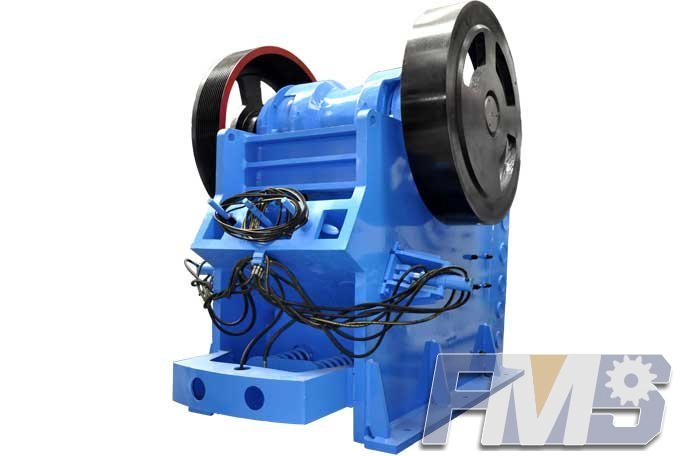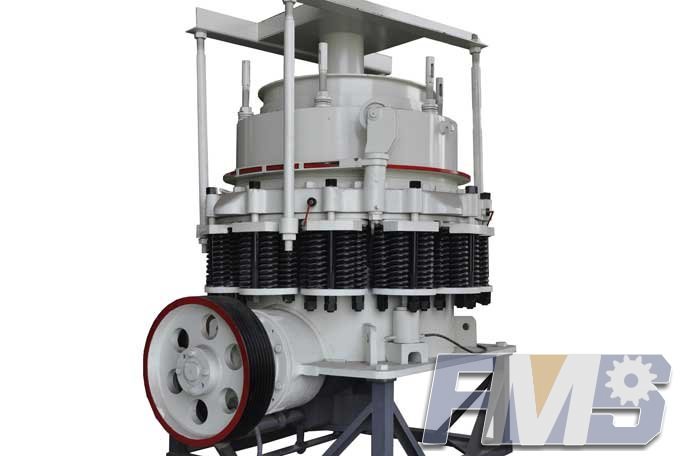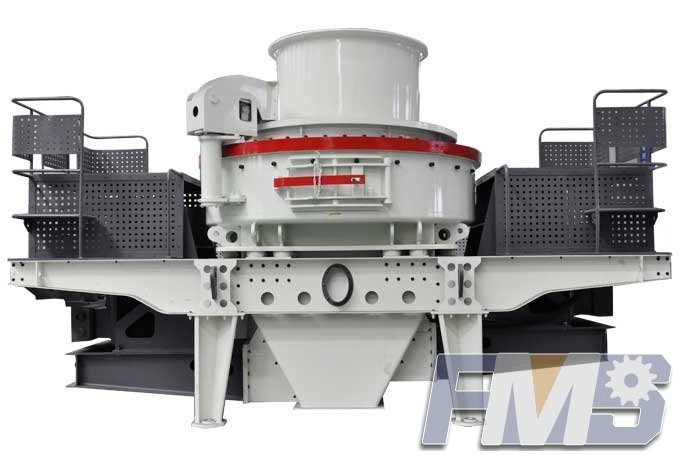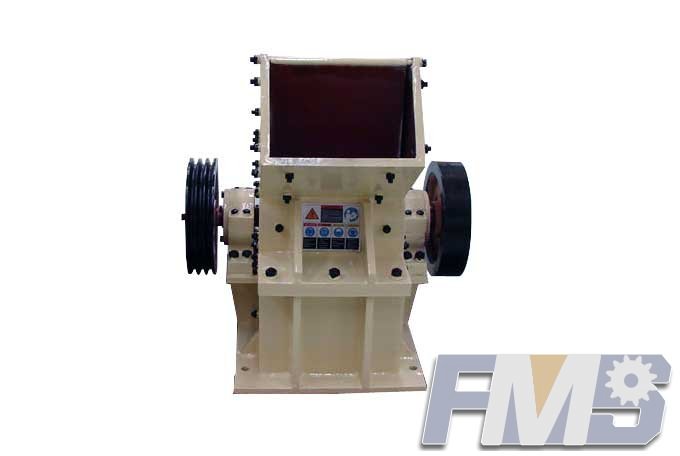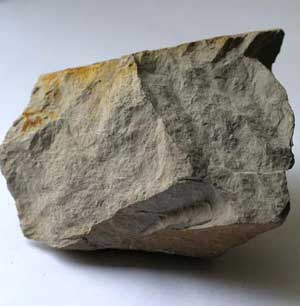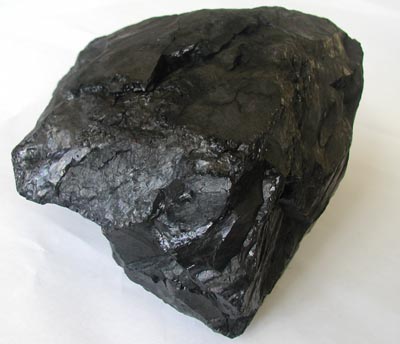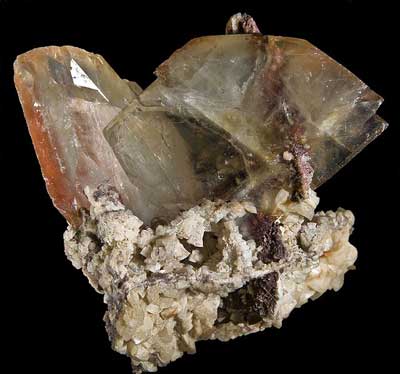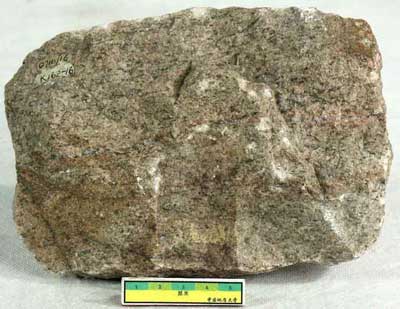Cone Crusher HP - A wise choice for Secondary or Tertiary Crushing
Although the jaw crusher and gyratory crusher may be adapted to the duty of secondary and tertiary crushing, the greater capacity of the cone crusher results in its almost universal application to crushing of strong, abrasive rocks.
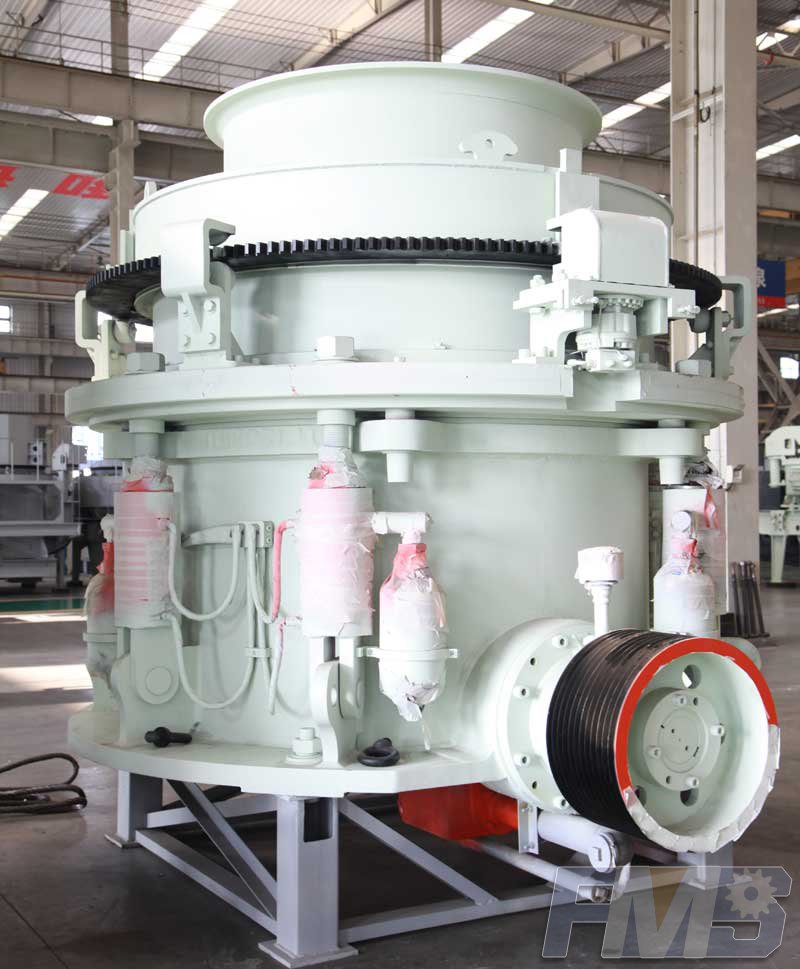
Cone crusher HP are a development of the gyratory crusher. The crusher comprises a 'gyrating' upright conical crushing member, the head lined with mantle, within a conical crushing chamber lined with wearing metal usually described as 'concaves'. The crushers are usually designated by the diameter, in feet or millimetres, of the head. The significant difference from the gyratory crusher is that the crushing chamber is now also in the form of an upright, truncated cone and the 'gyrating' cone, having an angle of about 45 ~ is supported entirely from beneath by the eccentric bush assembly. A further significant difference is that the eccentric shaft in modern machines rotates very much more rapidly (>200rpm) than that the gyratory crusher. As a result, the crushing action may be considered to fall between compression and impact, resulting in improved energy utilization and product shape. One particular criticism of the cone crusher has been the tendency to produce particles of a flaky shape owing to the geometry of the crushing chamber. This can be counteracted by the use of low reduction ratios and ensuring that the crushing chamber is always full of material, a condition known as 'choke feed'.
Tagged: types of cone crusherTertiary Cone Crushersecondary cone crusherGyratory cone crusherCone Crusher HP
Get Detail Information:
(If you do not want to contact to our online customer service, please fill out the following form, Our client manager will contact you later. We will strictly protect your privacy.)


